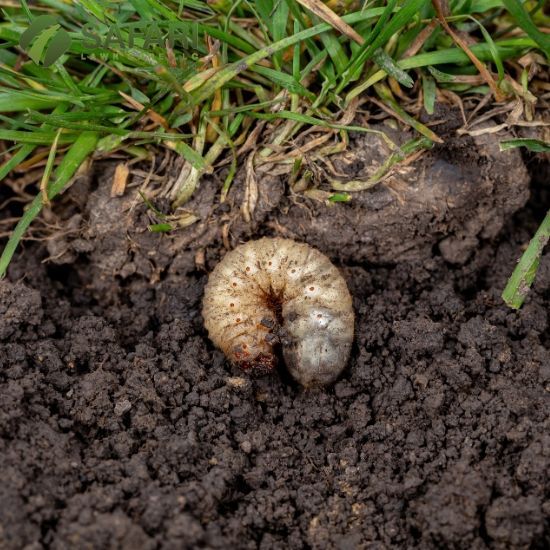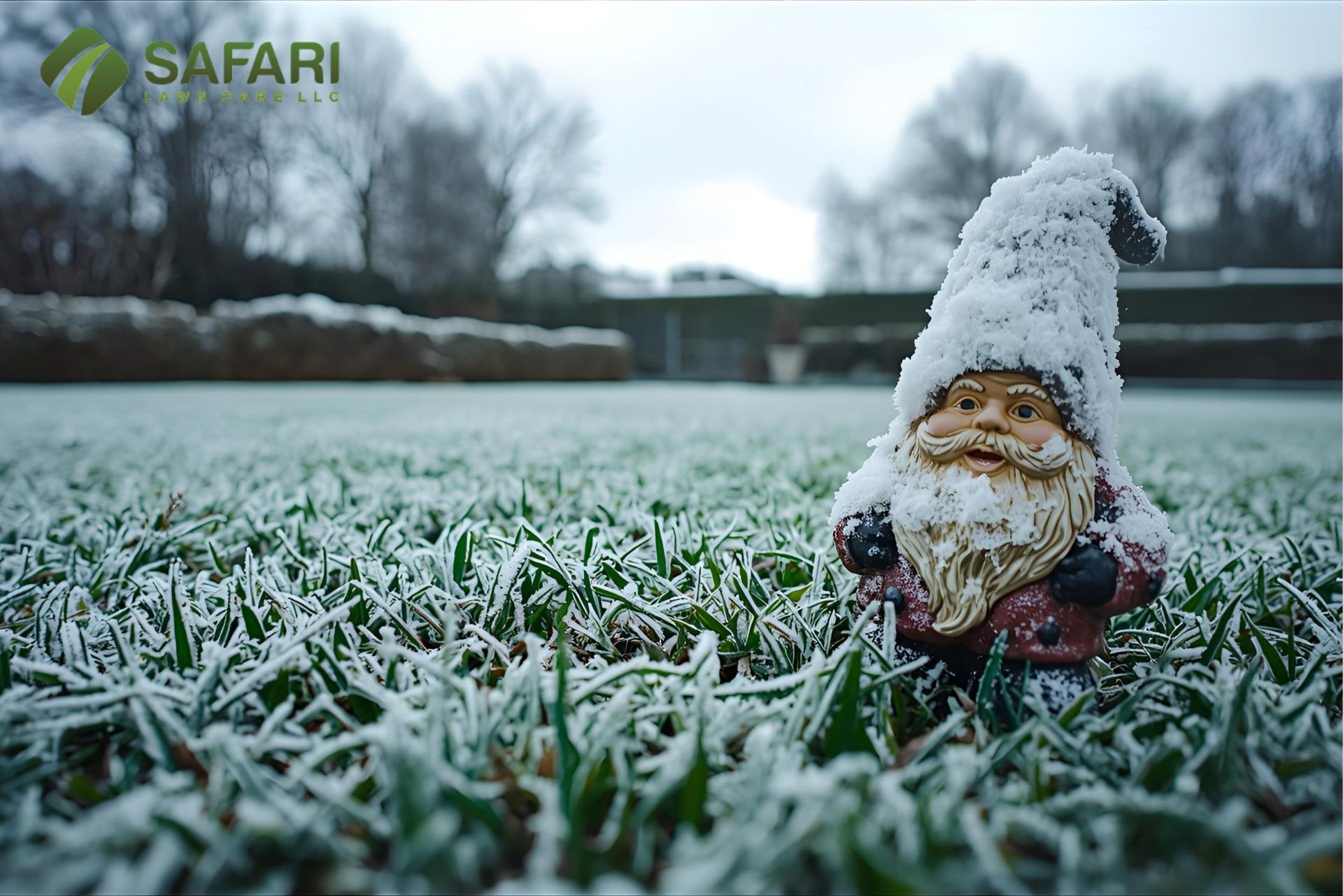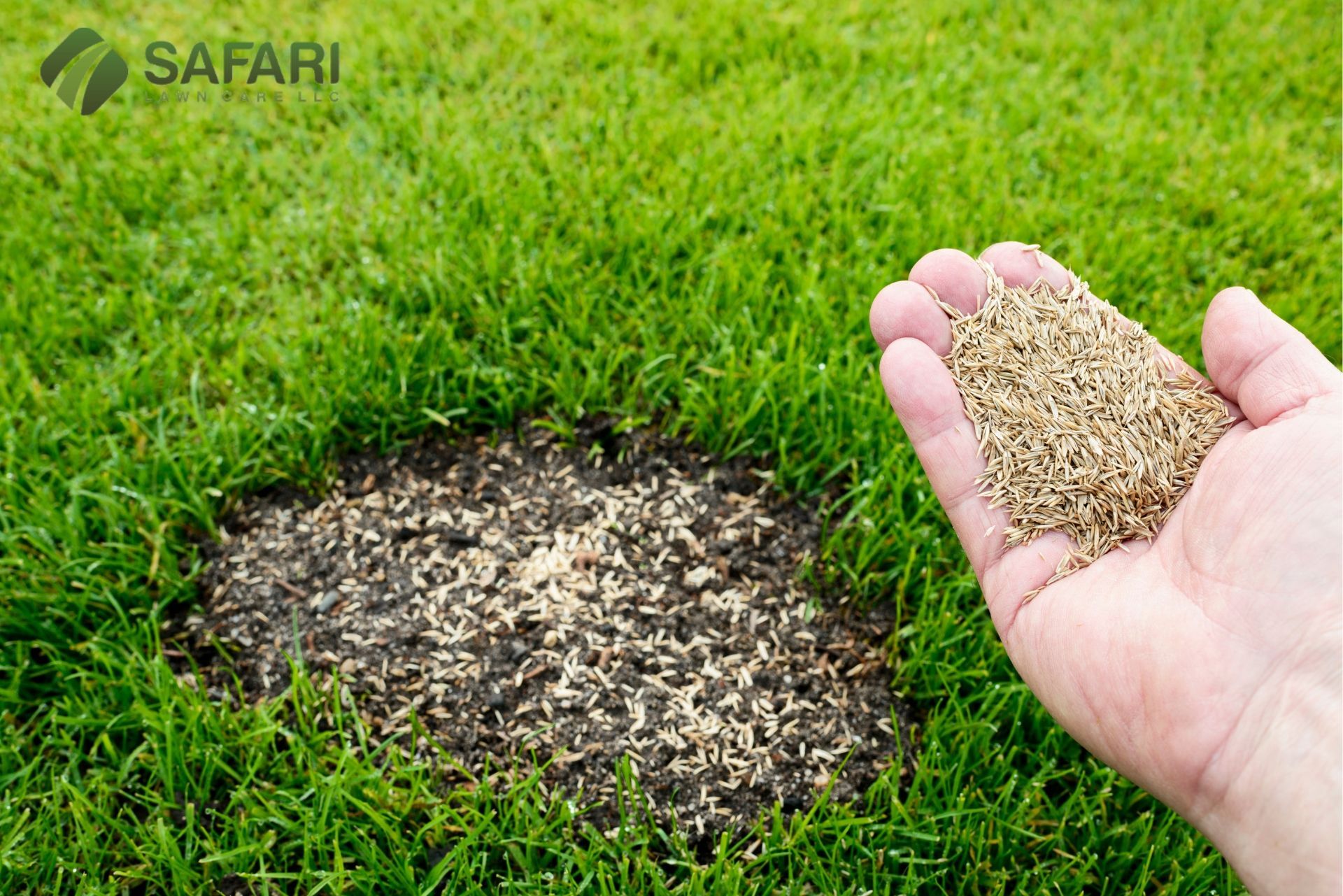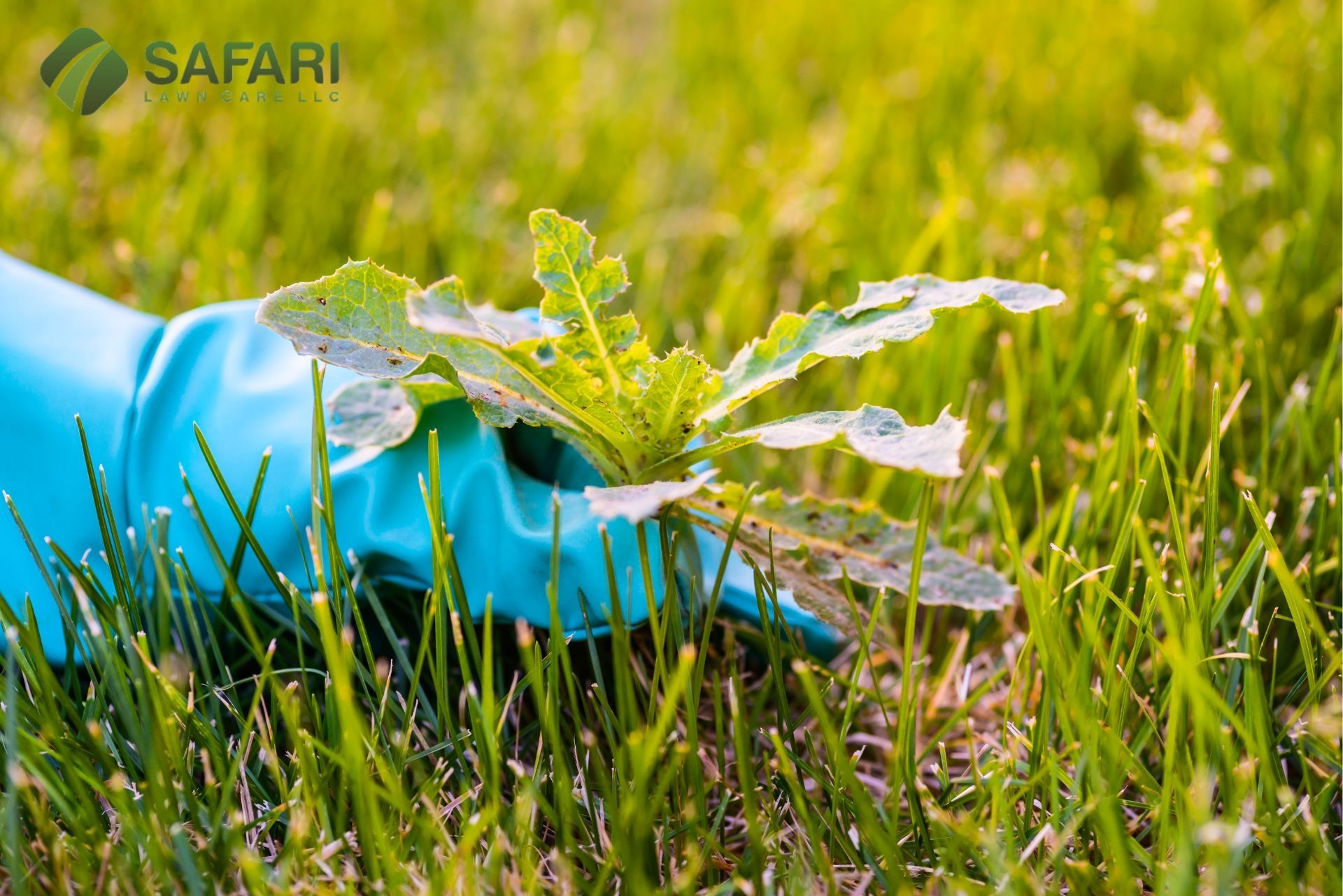Managing Lawn Pests: A Comprehensive Guide
How to Manage Lawn Pests
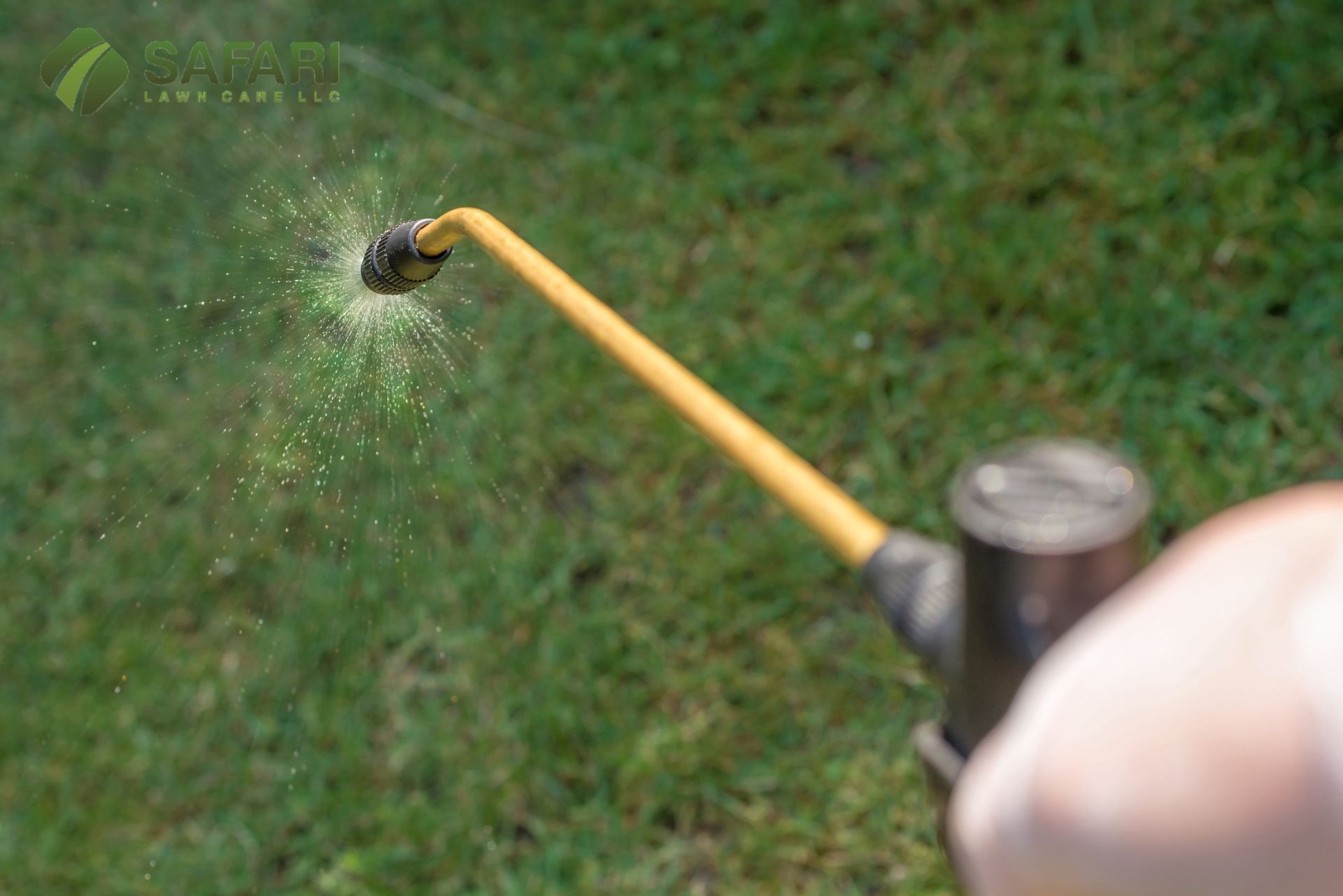
Your lawn’s more than just grass—it’s where the kids play, the dog runs wild, and you unwind with your shoes off on a sunny day. But sometimes, those little uninvited guests show up – the lawn pests. They might be small, but they can throw a real wrench in your lawn's good looks, turning that lovely green into a patchy, sad brown.
Now, don't go thinking you need to become some kind of bug expert with a secret lab in your shed! This isn't about declaring war with all those scary chemicals. It's more about getting to know these little critters, figuring out some smart moves, and helping your lawn become strong enough to tell those pests to buzz off. Think of yourself as the chill but firm protector of your green lawn.
Meet the Neighbors (The Unwanted Kind)
Before you can deal with these guys, you need know what you're dealing with, right? Different pests leave different clues. Here are a few of the usual suspects and what to keep an eye out for:
Building a Strong Foundation
The best way to keep pests away is to have a lawn that's just too healthy and strong for them to bother with. Think of it like building a really sturdy house – it's harder for the bad guys to break in! Here's how to make your lawn a fortress:
- Strategic Watering: Don't drown your lawn, and definitely don't let it get all dried out. Aim for those deep, less frequent waterings. Let the top inch or two of soil dry out before you water again. And try to water in the morning so the grass blades can dry off before night – that helps avoid those yucky fungal diseases that can weaken your lawn.
- Smart Mowing Practices: Resist the urge to give your lawn a super close shave. Taller grass actually shades the soil, which helps keep moisture in and keeps weeds down (and some pests don't like weeds!). Aim for the highest recommended cutting height for your type of grass.
- Soil Aeration: Think about it – if the soil is all packed down, the roots can't breathe or get the water and food they need. Aerating your lawn (either with a tool that pulls out plugs of soil or one that just pokes holes) once or twice a year really helps loosen things up and encourages healthy roots.
- Balanced Fertilization: Just like us, your lawn needs the right nutrients to stay strong. But don't go overboard with the fertilizer – too much can actually make your lawn extra tasty to some pests. Follow a good feeding schedule for your grass type and where you live.
- Thatch Management: That layer of dead grass and leaves (thatch) can become a cozy little hideout for pests and stop water and food from getting to the soil. If it's more than about half an inch thick, think about dethatching.
When You Gotta Step In
Even with a super healthy lawn, sometimes those pest numbers just get out of hand. Here are some things you can do:
- Use Beneficial Nematodes to Fight Back: There are these tiny little worms in the soil called beneficial nematodes, and they're like natural pest assassins! They go after grubs and cutworms and other bad guys. They're a safe and cool way to fight back.
- Spray Insecticidal Soap on Soft-Bodied Pests: Good old insecticidal soap can be really effective against those softer-bodied pests like chinch bugs and armyworms. It basically messes with their outer layer and dries them out. Just make sure you spray it directly on the pests.
- Try Neem Oil for a Natural Pest Fix: This stuff comes from the neem tree and it's another natural way to bug the bugs (pun intended!). It can mess with their eating and growing habits.
- Use Chemicals Carefully When Needed: If things are really bad, you might need to use chemical insecticides. Always, always pick the one that's specifically for the pest you're dealing with and follow the instructions like they're gospel. Maybe just treat the spots that are affected instead of spraying the whole lawn.
Keep an Eye Out!
Dealing with lawn pests isn't a one-and-done thing. It's about keeping an eye on your lawn, doing what you can to keep it healthy, and stepping in when you see trouble brewing. Regularly walk around your lawn and see if anything looks off. By knowing what to look for, building a strong and healthy lawn, and taking action when needed, you can definitely keep those tiny tyrants from taking over your green paradise. For healthy and pest-free lawn, trust the expert insect control services from
Safari Lawn Care's seasoned technicians. A little bit of attention goes a long way in keeping your lawn pest-free and healthy!
Ready to work with Safari Lawn Care?
Let's connect! We’re here to help.
Send us a message and we’ll be in touch.
Or give us a call today at 208-562-1500
